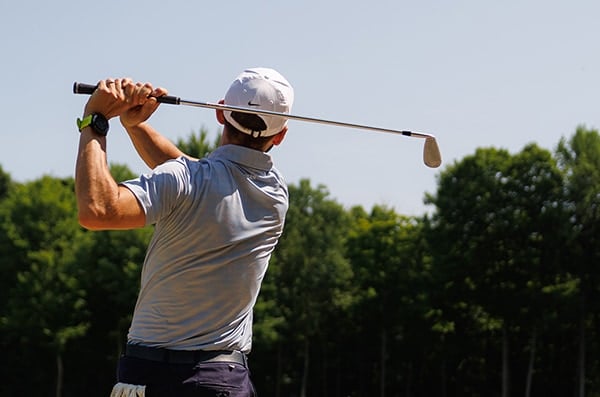-
{{link.label}}{{link.label}}
Golf Wedge Buying Guide - Find the Right Wedge
On this page
Shopping for wedges as a golfer can get confusing at times. With so many types and models of wedges, it can be quite difficult to understand which one is right for you! Lucky for you, we’re ready to let you in on all you need to know about wedges if you’re looking to upgrade your set.
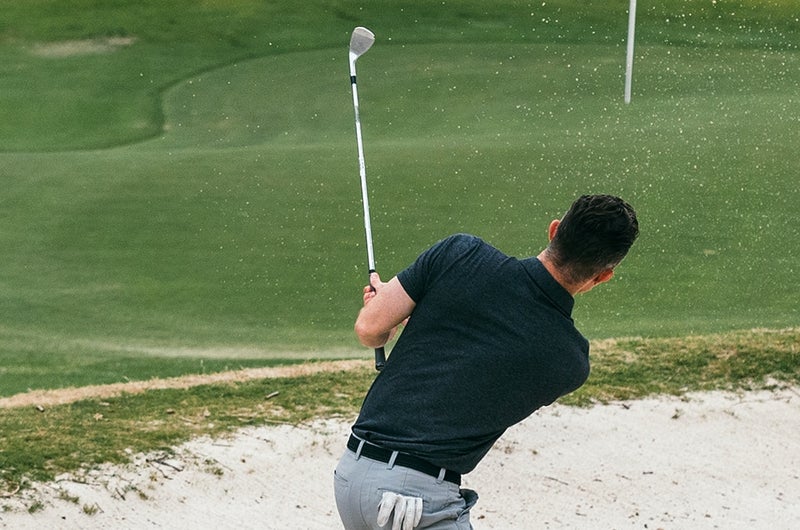
Today, we want to provide you with our expertise and insight on what wedges you should be adding to your golf bag. With our tips, you’ll never have to wonder whether to use your wedge or your putter when playing by the green. You’ll be able to confidently use your wedge at any time!
This wedge-buying guide will explore:
- What makes each wedge type unique?
- What to take into consideration when buying a new wedge?
- The different models and makes on the market as well as providing recommendations for beginners
What are the different types of wedges in golf?
There are four main categories of wedges when it comes to classification: Pitching wedge, Gap wedge, Sand wedge, and Lob wedge. The categories are based on the loft angle of the clubheads. Let’s take a closer look at each one of them.
Pitching Wedge
The pitching wedge is often included in most modern-day iron sets. While it often features the largest loft angle of all the clubs in an iron set, pitching wedges will normally have the smallest loft angle of the other wedges in your bag.
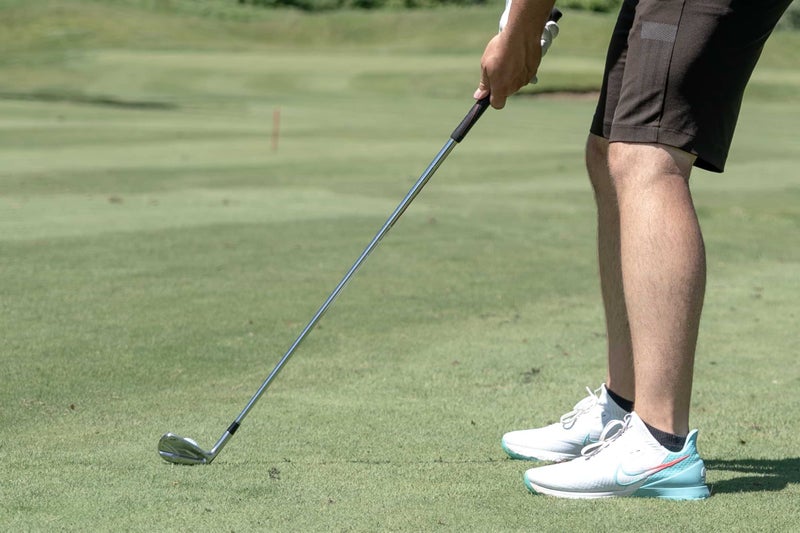
You can often easily identify the pitching wedge in iron sets because of the P that will be stamped on its clubhead. However, if that’s not the case, you can assume that a wedge with a loft angle between 44 and 48 degrees is considered a pitching wedge.
Gap Wedge
The gap wedge, often referred to as approach or attack wedge, tends to also be included in modern iron sets, but not as commonly at pitching wedges. When it’s part of an iron set, the gap wedge will be labeled with a G or A stamp, depending on how the manufacturer classifies it.
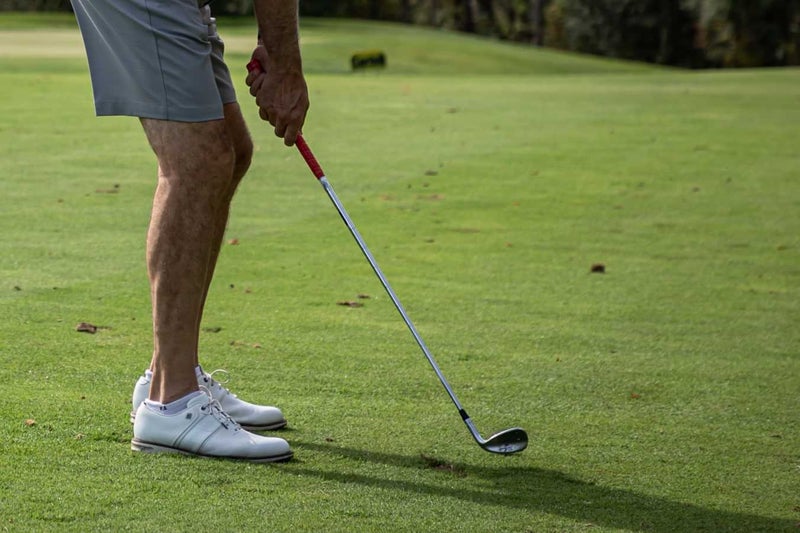
With such a name, one could think that the gap wedge helps you clear gaps. While it certainly can, it takes its name from the gap in loft angle it covers between the pitching wedge and sand wedge. Typically, a gap wedge’s loft angle will sit between 48 and 52 degrees.
Sand Wedge
The sand wedge is the club that most golfers will use to get their ball out of the sand when they’re stuck in a bunker. The high loft angle of the sand wedge serves as the ideal launch angle to help get your ball out of the sand. Don’t limit yourself, however, as it can be used just as well off long and short grass.
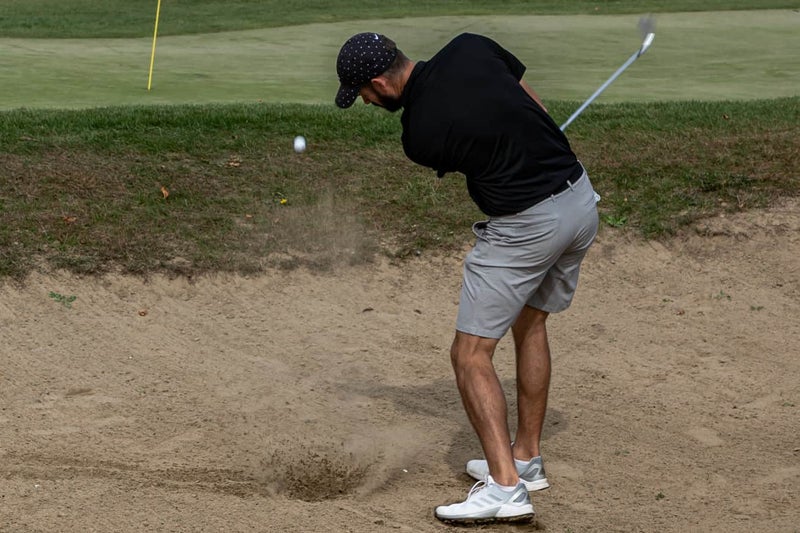
Sand wedges are not as prominently featured as part of iron sets, although you can certainly get your hands on a set that includes one. When they’re part of a set, the head will be stamped with an S, but outside of iron sets, they’ll be stamped with their loft angle which usually sits between 52 and 56 degrees.
Lob Wedge
The lob wedge features the largest loft angle among all wedges. This wedge is often used on shorter distance shots that require a higher launch angle at impact to clear any trouble that might stand between you and the hole.

Just like sand wedges, you’ll rarely find a lob wedge included with an iron set, but if you get your hands on one, it’ll be stamped with an L. You’ll more commonly find lob wedges stamped with the loft angle of the club face which will usually be a number above 56 degrees.
Is every type of wedge necessary to have?
The short answer is no you don’t need to have every type of wedge in your bag. However, we recommend you carry one of each simply because this provides you with more options on the course and allows you to leave no outstanding gaps in your yardage.
But rest assured, if you feel comfortable carrying only two or three wedges in your bag, there’s nothing wrong with this strategy. We strongly suggest you carry at least two, one that you can use from a long distance off the grass and another that you can use for short-distance shots with a high launch angle.
In some cases, some golfers will carry more than 4 wedges in the bag. While it may seem odd, it’s often due to the fact they need to fill a gap between their 9-iron and the rest of their wedges. The reason can also be that the golfer in question has a powerful swing and needs more loft options with their short game.
Which one should you prioritize?
When it comes to wedges, you should prioritize your pitching wedge and your sand wedge. The latter will help you on short-distance strikes and out of the sand, while the prior will be great on longer strikes that require a high spin rate.
Once you’ve got those two figured out, you can consider adding your lob and gap wedges. The lob wedge is not easy to control, but it’s very useful around the green, especially when faced with a tight lie. The gap wedge becomes necessary if the loft gap between your pitch and your sand wedge is too large.
What attributes do you need to consider when buying your wedges?
Much like any other golf club, there are a lot of components to consider when you’re looking for your next wedge. When it comes to wedges, specs, and attributes will make a big difference between a wedge that feels right for you and one that doesn’t. Let’s see what you should look out for when shopping for wedges.
Attributes to consider when shopping for a wedge:
- Clubhead specs
- Loft Angle
- Bounce
- Grind
- Shaft
- Grip
Clubhead Specs
Wedge clubheads benefit from the fact that they can be greatly customized. From colored finishes to stamping on the back of the club, most of these customizations are simply cosmetics. However, the raw finish on wedges can have a true impact on the club’s performance.
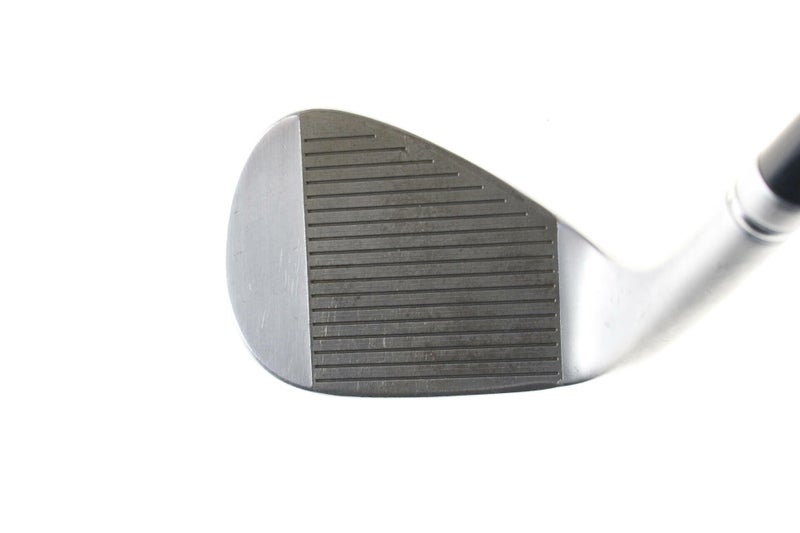
Manufacturer and independent tests have shown that wedges with a raw finish on the clubface tend to deliver slightly higher levels of spin at impact, compared to the same model with any other clubface materials like chrome, black, nickel, blue ion, or gold.
Loft Angle
As we’ve established, loft angles are essential for wedges classification, and you’ll want to keep an eye out for this spec when shopping for wedges. The loft angle will dictate the type of wedge you should be looking for.
Bounce
The bounce of the wedge will also have an impact on how it performs on the golf course. More bounce will help golfers to avoid digging into the ground at impact with their wedge. On the other hand, a smaller bounce will allow you to play shots out of tighter lies.
This means that golfers with a steeper swing angle will prefer a wedge with more bounce to limit the size of their divot and golfers who sweep the golf ball will prefer having less bounce. For more information on how bounce works, make sure to check out our guide.
Grind
The grind refers to the shape of the sole of your wedge. Much like the bounce, the grind on your wedge can have an impact on your performance. Brands like Titleist and Callaway have been releasing their wedges in a wide variety of grinds for a few years already.
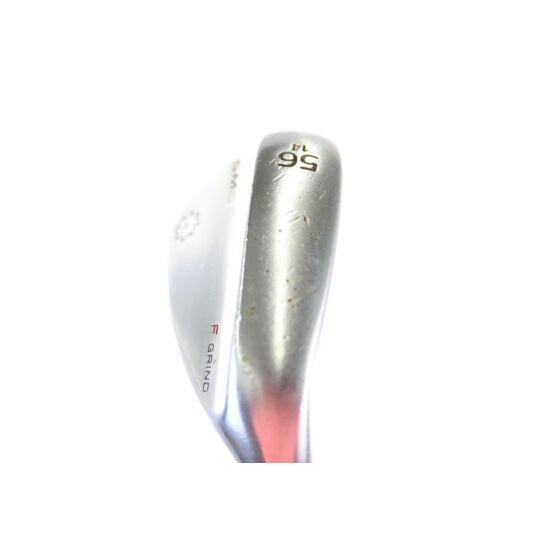
The different grinds you’ll find on the market are designed to help enhance your turf interactions through your swing. It’s quite common for golfers to have more than one variety of grind in the bag, even if all their wedges are from the same model.
Some grinds will allow you to play from tighter lies and slide the leading edge between the ball and the ground, as other grinds are designed to allow for complete swings from the fairway where the club will benefit from a little more turf interaction.
Shaft
When it comes to shaft material, most wedges will feature steel shafts as they provide a better feel for the ball at impact. However, if you need to launch your ball at a higher angle and you struggle to generate the necessary swing speed, we recommend you look for graphite shafts on your next wedges.
The flex when it comes to shafts will also play a key role in the selection of wedges. Unless you’ve got an exceptionally fast swing speed, the wedge shaft flex or regular flex will do just fine for most golfers out there.
Grip
There’s nothing too special when it comes to your wedge grips. We tend to recommend that you have the same grips for your irons and your wedges so that you experience a similar feel with all your clubs. If you can’t match the grips of your irons and wedges, try to make sure that all your wedge grips match.
Tips for choosing the right golf wedge for your game
Choosing the right wedge for you is never a simple task, but there are ways to make it easier. Aside from specs and attributes, there are some other details that you should keep an eye on when shopping for a wedge.
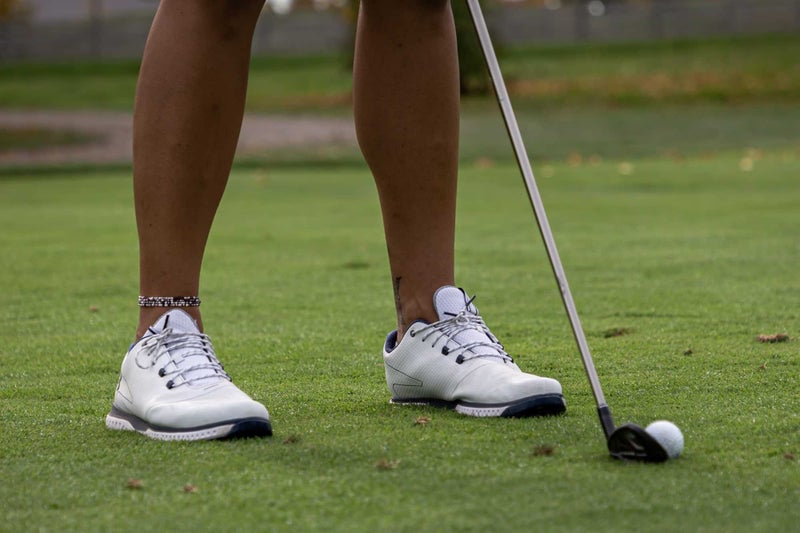
Common mistakes to avoid when buying a golf wedge
When shopping for wedges, especially used wedges or pre-loved models from Golf Avenue’s inventory, be sure to keep an eye out for a few things including, the condition of the club face and the grooves that run across it, the condition of the leading edge and distinguishing between rust and raw finish.
Damaged grooves
You’ll want to avoid grooves that show a lot of wear and tear. Ideally, your groove will have sharp edges that will bite on the ball at impact. Dull grooves will show a rounder edge which makes it much more difficult to generate spin at impact.
Chipped leading edge
Make sure to avoid wedges with a damaged leading edge. The leading edge is the angle where the sole meets the clubface. Keeping it clean from any nicks or chips is key to maintaining a high standard of performance when you’re looking to get the club under the ball.
Rusted grooves
You’ll need to distinguish between a clubhead with a raw finish that is designed to build up a thin coat of rust which will help to produce higher spin rates at impact. A build-up of rust between the grooves, especially in clubs that aren’t meant to rust, will cause a problem by limiting the bites of the grooves at impact.
What are the different brands and models of wedges on the market?
Most major golf brands will produce a line of wedges to sell to their consumers. TaylorMade wedges have the Milled Grind line, now on its third generation, Titleist has always relied on their world-renowned Vokey wedges, and Cobra is looking to make a strong push with the reengineering of its Snakebite wedges.
With so many tempting options from all the top brands in the game, it can get confusing at times when you’re looking to find the right wedge for you. You can always book a call with me or any other caddie from our team, but we’ve got a few tips and suggestions for you right here.
What are the price ranges for wedges in golf?
The price of wedges varies a lot and is mostly based on their condition, especially the face and grooves. Naturally, brand-new wedges will carry a higher price point than used and pre-loved models. This also means that you can find very affordable pre-loved models when browsing Golf Avenue’s website.
You’ll find models as affordable as only $40, but you’ll also find brand-new models exceeding the $250 mark. Both price tags can be justified, but they’re not necessarily targeted to the same type of player. But you’re probably wondering to yourself, “what are the differences between a $40 and $250 wedge?”
Golf wedge technologies and their advantages
The answer to your question relies heavily upon technological differences and the condition of the wedges. Brand-new wedges have never been hit and should provide top-tier performance. But what justifies the higher price point of some used models against other used models?
Models with a more recent release date tend to feature more technological perks than models from previous years. Take the Milled Grind wedges from TaylorMade. The Milled Grind 2 carries a noticeably higher price point than its predecessor despite being released only a year apart from each other.
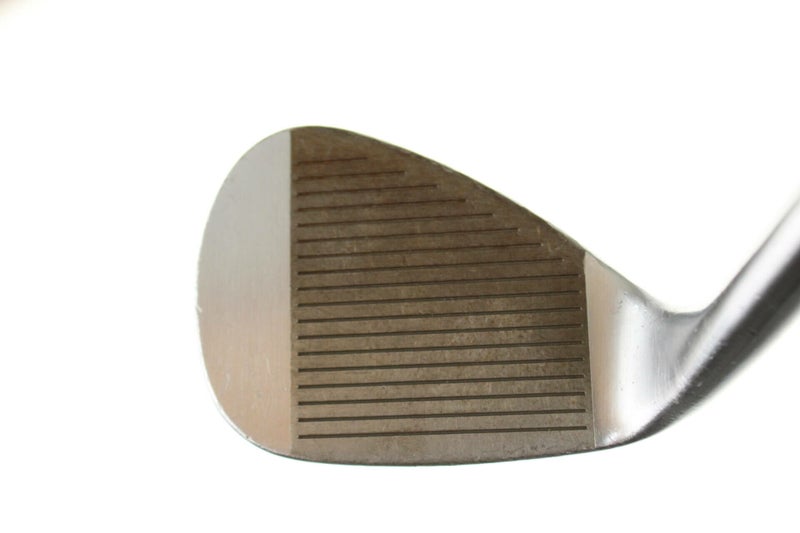
The MG2 wedges feature a raw face that is intended to oxidize over time and ultimately deliver more spin at impact. This feature is not included with the original Milled Grind model and is a big reason why there’s such an important gap in price between the two pre-loved models.
Wedge recommendations for beginners or high handicappers
When it comes to recommendations for wedges, there are a lot of great options available to beginners or golfers with a high handicap index. These recommendations are from our team of caddies and should provide forgiveness to golfers who might need a little help to hit their wedges. With these wedges, beginners should be able to hit any wedge shot they desire.
-
-
TaylorMade Z Spin 2017 Wedge – as low as $97
-
TaylorMade Milled Grind Wedge – as low as $97
-
TaylorMade Hi-Toe Raw Wedge – as low as $97
-
Cleveland CBX Wedge – as low as $99
-
Callaway Mack Daddy CB Wedge – as low as $99
-
Hopefully, this guide helps you feel more confident the next time you’re shopping for wedges. We’ve highlighted the differences between the various types of wedges and how they impact performance on the course. The last piece of advice we’d recommend you keep in mind is to care for them by cleaning your wedges often. This will save you from having to replace them every year.
Finally, if you need any more help to find the right wedges for you, you can always book a call with me or any other member of our team of caddies. We’ll provide you with personalized advice, and the best part is, it’s entirely free!
Until next time,
The Golf Avenue Team
Featured Products

Product unavailable
Further reading
Hitting the right wedge shot at the right time can make all the difference on your scorecard. Learn how to use them in the right situation.
You love TaylorMade golf wedges but you don't know which one is best for you? We've got your covered with this top 5!



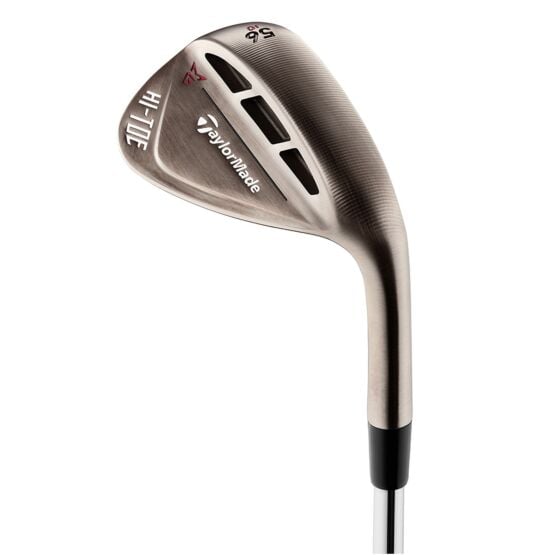
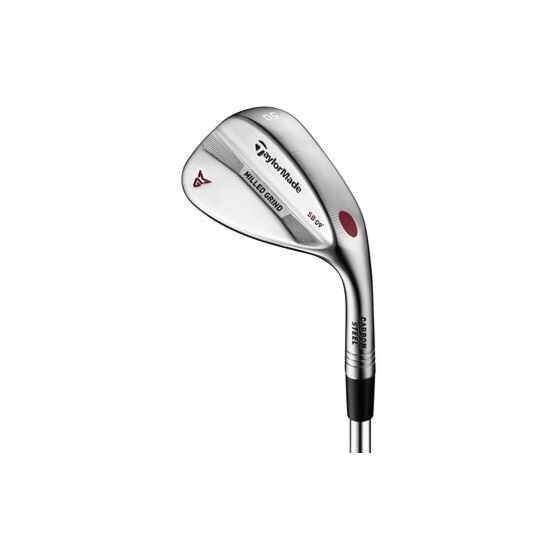
_20231006191711_0.jpg)
